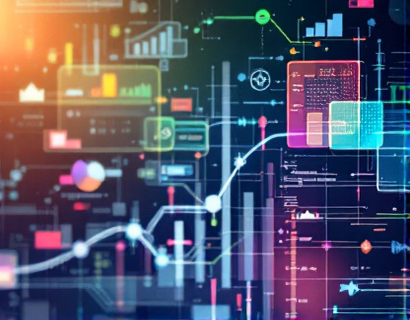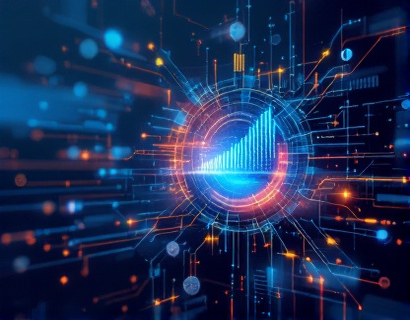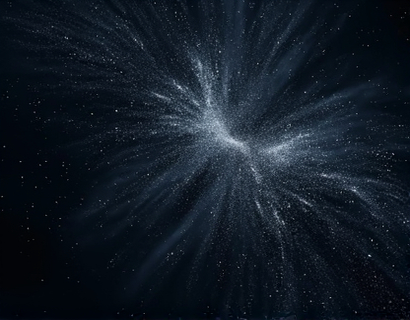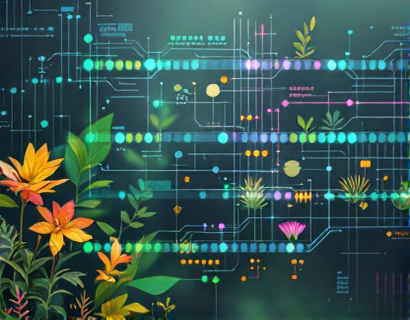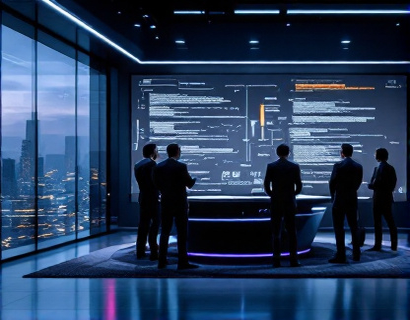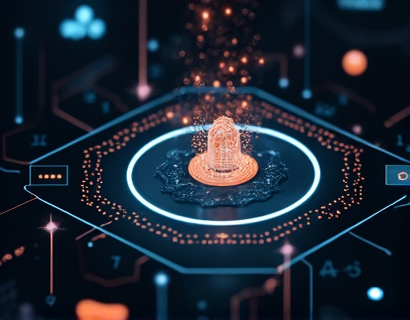Unlocking Cosmic Potential: Personalized Astronomy Learning Transformed by AI
The field of astronomy education is undergoing a revolutionary transformation, powered by advanced artificial intelligence technologies. This new era of learning offers personalized insights and interactive resources that make the complexities of celestial phenomena accessible and engaging for students and enthusiasts alike. By leveraging AI-driven platforms, learners can dive deep into the universe's mysteries, connect with a global community of like-minded individuals, and receive expert guidance to enhance their understanding and passion for the stars.
Traditional astronomy education often struggles to cater to the diverse needs and learning paces of students. With the integration of AI, educational tools can now adapt to individual learners, providing tailored content and interactive experiences that cater to different learning styles. This personalized approach not only deepens knowledge but also fuels a lasting fascination with the cosmos.
Personalized Learning Paths
One of the most significant advantages of AI in astronomy education is the ability to create personalized learning paths. AI algorithms analyze a user's strengths, weaknesses, and interests to curate a customized curriculum. This ensures that learners are challenged appropriately and can progress at their own pace. For instance, a beginner might start with fundamental concepts such as the solar system and basic astronomy terms, while an advanced learner could delve into topics like dark matter, exoplanet atmospheres, and the latest discoveries in cosmology.
The AI system continuously monitors the user's progress, adjusting the difficulty and content in real-time. If a learner struggles with a particular concept, the system can provide additional resources, such as video tutorials, interactive simulations, or detailed explanations. Conversely, if a learner excels, the system can introduce more complex topics or research papers for further exploration.
Interactive and Immersive Resources
AI-driven platforms offer a wide array of interactive and immersive resources that bring astronomy to life. Virtual reality (VR) and augmented reality (AR) technologies, powered by AI, allow users to explore the cosmos in a highly engaging manner. For example, learners can take a virtual tour of the Milky Way, zoom in on distant galaxies, or witness the birth and death of stars in a 3D environment.
Interactive simulations are another powerful tool. These simulations enable users to model celestial events, such as planetary alignments, solar eclipses, and comet trajectories. By manipulating variables and observing the outcomes, learners gain a deeper understanding of the underlying physics and mathematics. AI enhances these simulations by providing real-time feedback and explanations, ensuring that users grasp the concepts being demonstrated.
Expert Guidance and Community Engagement
While AI provides personalized learning, the human element remains crucial in astronomy education. AI platforms often include features that connect learners with expert astronomers and educators. These experts can offer guidance, answer questions, and provide insights that go beyond standard curriculum materials. For instance, a user might submit a question about a recent astronomical discovery, and an expert can provide a detailed explanation, including context and implications.
Community engagement is another vital aspect of AI-driven astronomy education. Learners can join forums, discussion groups, and collaborative projects, fostering a sense of belonging and shared curiosity. AI can facilitate these interactions by recommending peers with similar interests, suggesting collaborative projects, and moderating discussions to ensure a positive and informative environment. This community support system encourages learners to ask questions, share discoveries, and learn from one another.
Access to Real-Time Data and Research
One of the most exciting features of AI in astronomy education is the access to real-time data and cutting-edge research. AI platforms can integrate with observatories, space agencies, and research institutions to provide learners with the latest observations and findings. This includes data from telescopes, space probes, and other astronomical instruments, allowing users to analyze current events in the sky.
For example, learners can access live data from the Hubble Space Telescope or the James Webb Space Telescope, analyzing images and spectra to understand phenomena such as supernovae, black holes, and exoplanet atmospheres. AI can help process and interpret this data, providing tools for data visualization and analysis. This direct access to real-time data not only enhances learning but also connects users to the frontiers of astronomical research.
Gamification and Motivation
To keep learners engaged and motivated, AI-driven platforms incorporate gamification elements. These elements include badges, points, and leaderboards that recognize achievements and progress. For instance, completing a series of challenges on stellar evolution or accurately predicting planetary positions can earn a learner a badge in astrophysics. These gamified rewards not only make learning more enjoyable but also provide a sense of accomplishment and motivation to continue exploring.
Additionally, AI can create personalized challenges and quests based on a learner's interests and progress. These challenges might involve solving complex problems, participating in citizen science projects, or contributing to research initiatives. By setting and achieving these goals, learners stay engaged and develop a deeper connection to the subject matter.
Enhanced Visualization and Data Analysis
Visualization and data analysis are critical components of astronomy education. AI tools can transform raw data into intuitive and informative visualizations, making it easier for learners to understand complex concepts. For example, AI can generate 3D models of galaxies, showing the distribution of stars, gas, and dark matter. These models can be interactively explored, allowing learners to zoom in on specific regions, view different wavelengths of light, and analyze the data in various ways.
AI-powered data analysis tools are equally powerful. They can help learners process large datasets, perform statistical analyses, and identify patterns that might be missed by human eyes. For instance, a learner can use AI to analyze the light curves of variable stars, detect exoplanet transits, or study the cosmic microwave background radiation. These tools not only enhance understanding but also develop valuable skills in data analysis and scientific inquiry.
Customizable Learning Environments
AI-driven platforms offer customizable learning environments that cater to individual preferences and needs. Users can personalize their dashboards, selecting the topics, resources, and tools they find most useful. This flexibility ensures that the learning experience is tailored to each user, whether they are a visual learner, an auditory learner, or prefer hands-on activities.
Furthermore, AI can adapt the interface and content based on the user's device and context. For example, a learner using a smartphone might access a simplified version of the platform with mobile-friendly resources, while a desktop user can enjoy more comprehensive tools and higher-resolution visuals. This adaptability ensures that learners can access high-quality astronomy education anytime, anywhere.
Continuous Learning and Skill Development
The beauty of AI in astronomy education lies in its ability to support continuous learning and skill development. As learners progress, the AI system evolves with them, introducing more advanced topics and challenging concepts. This lifelong learning approach ensures that users remain up-to-date with the latest developments in the field and continue to deepen their expertise.
AI can also facilitate the transition from amateur to professional levels. For those interested in pursuing careers in astronomy or related fields, the platform can provide pathways to higher education, research opportunities, and professional networks. By building a strong foundation and fostering a passion for the subject, AI-driven education prepares learners for future endeavors in the scientific community.
Conclusion
The integration of AI in astronomy education represents a paradigm shift, offering personalized, interactive, and immersive learning experiences that were previously unimaginable. By leveraging advanced technologies, learners can explore the universe's mysteries, connect with a global community, and receive expert guidance. This transformative approach not only enhances understanding and passion for astronomy but also empowers individuals to contribute to the ever-expanding frontiers of cosmic knowledge.





